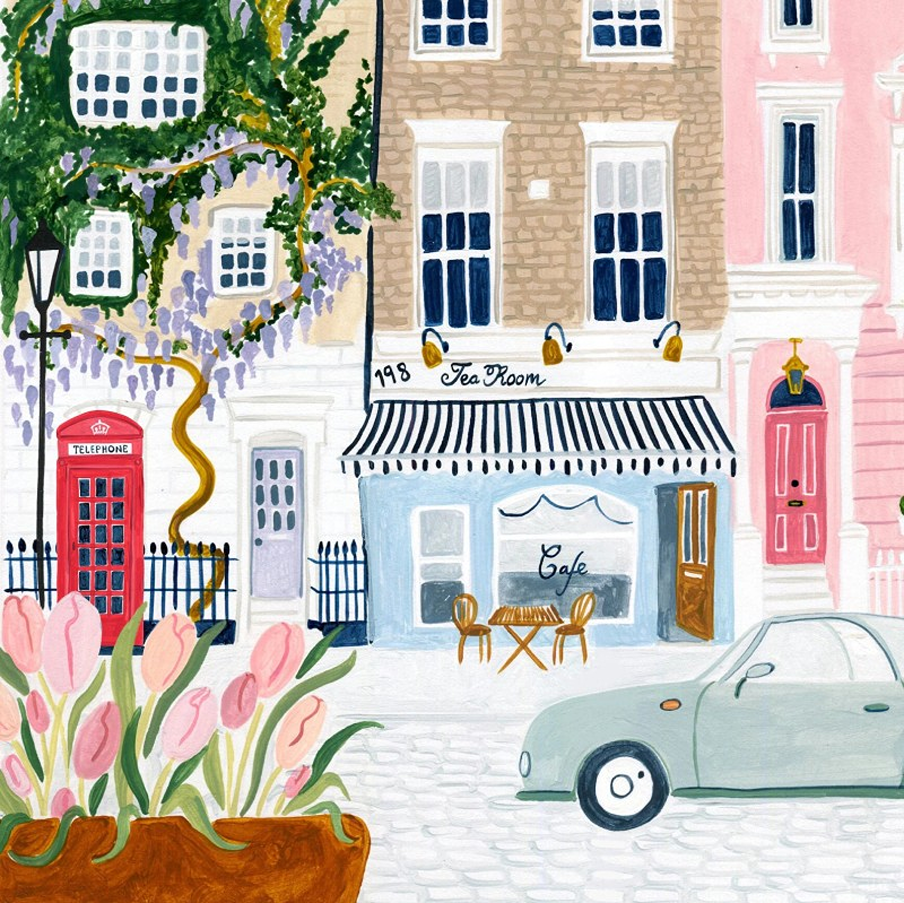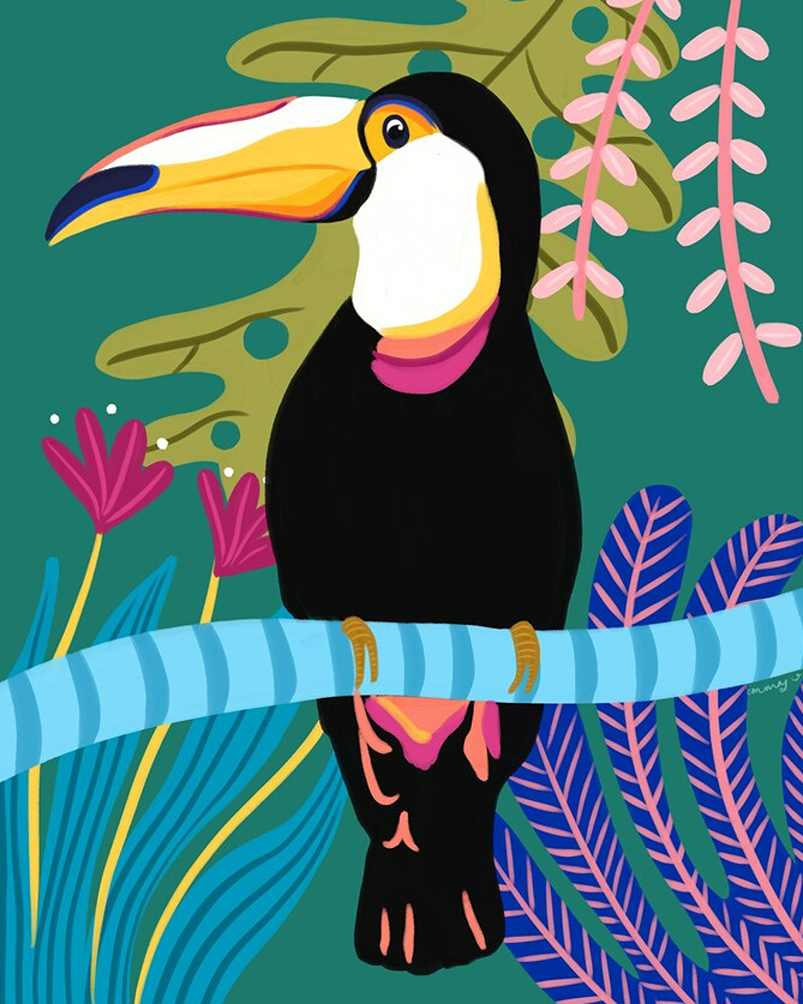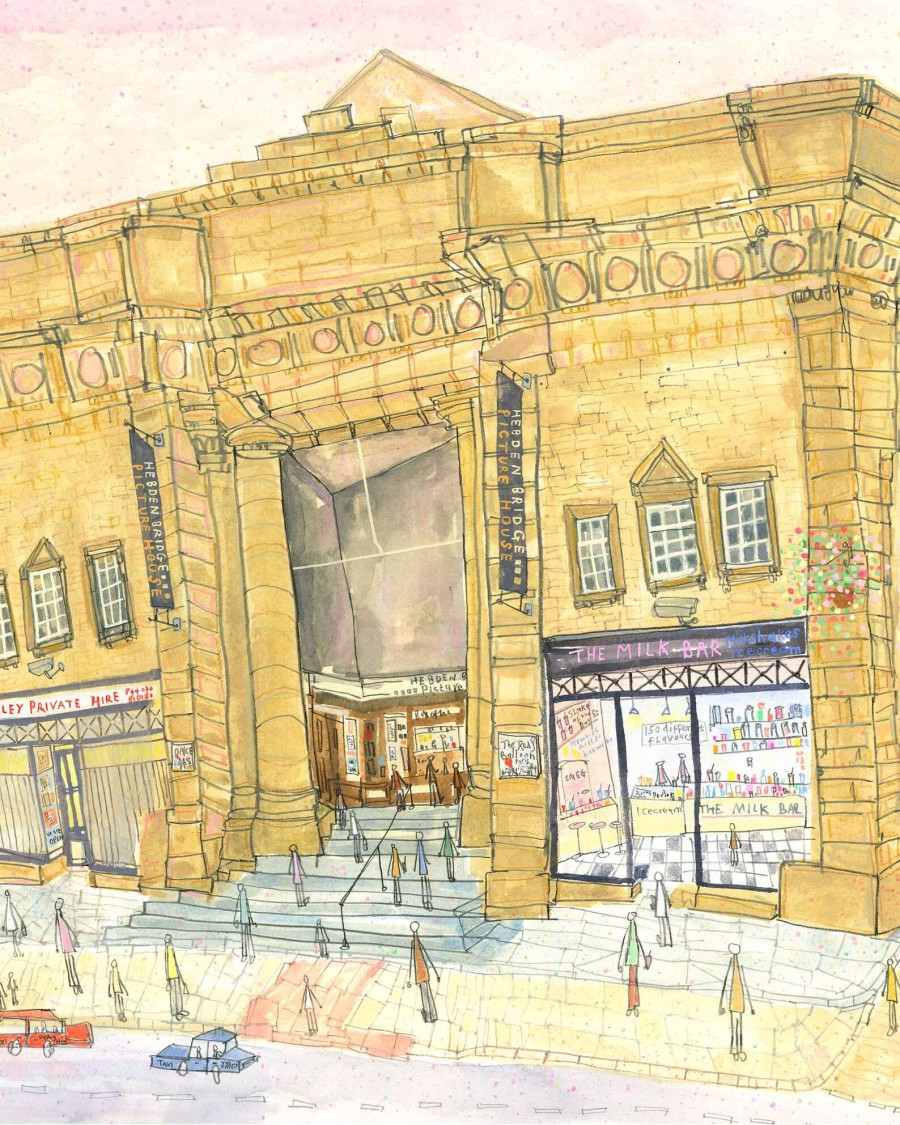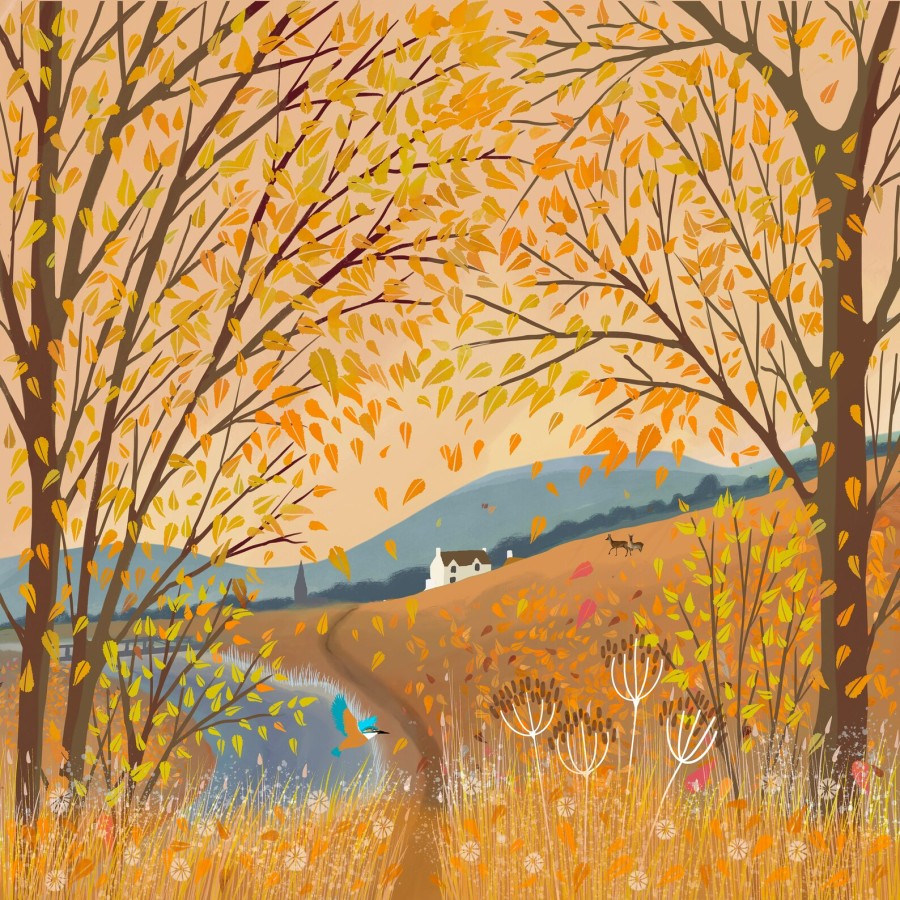
We all know the phrase that if you put another lane on the motorway, some more cars will just fill it up. The question then is how we can reduce traffic jams, which not only clog up our roads but create more road litter and accidents, and also mean many drivers waste a colossal amount of time, just stuck in traffic. Not just annoying, but dangerous in heatwaves.
For travelling dogs, always carry extra water and visit Driving With Dogs (this site lists exits on motorways with nearby walking areas so you don’t have to ‘guess’ which exit to try – the site was founded by a couple who were indeed stuck in a traffic jam and wanted to know the nearest safe exit to give them dog some fresh air and exercise.
why local shops & walkable communities are key
One big way to help reduce road traffic is for town planners and MPs to focus on walkable communities and independent shops. This is because most supermarkets and retail parks are out-of-town and need cars to reach. Around 25% of motorway traffic is due to lorries transporting food from central distribution houses to supermarkets. The Transition Town movement began when co-founder Rob Hopkins (a permaculture gardener) heard then-Prime Minister Gordon Brown lament that we were ‘days away from having no food’ due to lorry strikes. He knew that we can grow nearly all our own food locally, and now such towns are ‘resilient’ not having to rely on supermarkets, oil prices or lorry transport.
A Cornish delivery company (now no longer in existence) once had a wonderful description of how supermarket produce and lorry delivery works: in a nutshell this is how mad it is:
Your strawberries may be grown locally. Then they are delivered by lorry to a central distribution house (often hundreds of miles away) then sit there (powered by oil-fridges) until read to thunder back (by lorry) and likely past your front door, before landing on supermarket shelves as ‘local strawberries’. This is what causes traffic jams.
- Use better traffic lights. We have fairly modern traffic lights, but nothing like those used abroad. Smart traffic lights that adjust to help prevent traffic jams and road rage, are now the norm in 22 American cities.
- Restrict parking in busy places. We see this at schools, where lots of parents arrive at the gates in their cars at the same time, when often it’s not far to walk, hence why safe school routes (with walking school buses) are being introduced).
- Trains are pretty good (but very expensive) but our bus services in some areas are dire, especially in rural areas. In some small towns even, there are no buses at all on weekends. Learn more on how to make bus transport more appealing. Offering light rail (which takes more people than buses) is another good option, often running on separate roads from cars. Light rail is also faster, one reason why people don’t use ‘slower buses’.
- When Driving Is Not An Option looks at why town planners are always designing for cars, when a third of people in western countries don’t have a driving license. Most involuntary drivers are on low incomes, homeless, disabled, children, too old to drive, formerly in prison or undocumented immigrants. In this book, the author shows how better pavements and public transport can help everyone get around.
- The vibrant city of New York has become transformed by the former transport commissioner with far less road traffic and congestion (read her book Handbook for an Urban Revolution to learn how she did it).
how the Dutch city of Ghent avoids traffic jams
In the car-free city of Ghent (The Netherlands), the town planners deliberately make it really easy to walk or get public transport into the city centre, so drivers have to navigate ring roads if they wish to drive near the city. In other words, it’s more of a hassle to drive there than to walk there, or take the bus.
At most times, the only cars allowed are emergency vehicles. And before 11am and after 6pm, streets are open to public transport, refuse collectors, doctors and taxis (plus electric and cargo bikes). But during the day, it’s people and ambulances/fire engines/police cars only. People with bikes are also allowed, as long as they push their bikes by hand!
This city of around 100,000 people now has over 2 bikes per household, almost 20% less air pollution than other cities, hardly any traffic jams on outer roads (note to M25), far fewer traffic accidents and ‘the noisy opposition’ quietened down long ago!
Make better road signs. In North America and Germany, road signs are more visual and also have far larger fonts, so are easier to read. Critics say our road signs are too small and hard to read, with the wrong colours. Others saying reducing ‘sign clutter is key, as often there are so many signs and road markings that it becomes too complicated.
a ‘free’ bus tranport idea from Miami
Freebee is a wonderful free on-demand electric transport system, to ferry people around the city, whether they are commuting, on holiday or even going from golf course to golf course! The vehicles are emission-free, but the key word here is free! The drivers are all trained and screened for safety, and paid for by advertising on the vehicles.
Local indie shops and businesses can link to the free app, so people can book a ride to visit, and the business in return can then offer deals, to encourage people to visit. This is a great boon, considering one reason why many people don’t support indie shops is lack of transport to get there. How many times have you thought you’d like to visit a small out-of-city indie place, but decided not to, due to traffic, petrol prices or poor public transport? And friendly dogs ride for free too!
promote car-sharing companies
Car-sharing companies let several people rent the same car throughout the day. Not only does this let drivers rent new, safe cars for a fraction of the cost of owning one, but as each car is used on average by 20 people in a day, this frees up 19 parking spaces, and takes masses of (stationary) cars off the road.






